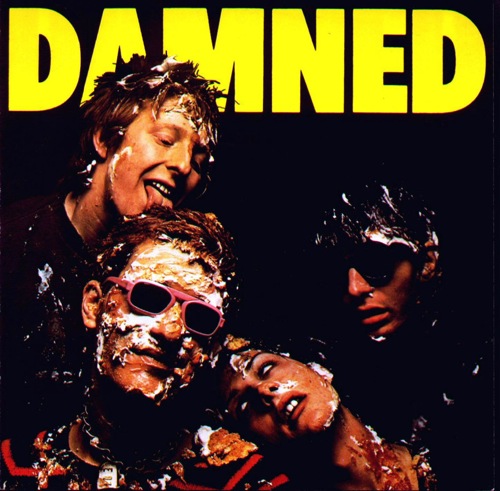Captain Sensible
By:
April 24, 2010

When punk came along in the second half of the ’70s, it puked on Peter Gabriel’s flower costume, booted over Rick Wakeman’s towering staircase of keyboards and set fire to Robert Fripp’s rustic waistcoat. “Piss off, prog!” spat this aggro crowd of upstarts. The Damned were part of the revolution, certainly. But it was the loopy firebrand with the beret and the sunglasses, CAPTAIN SENSIBLE (Raymond Burns, born 1954), who lifted them above the ruckus. The Captain took the prog that punk hated so, wrapped it up in punk and waited in the wings, chuckling, to see if anybody would notice. Only parts one and two of the song “Smash It Up” made it into the final cut of The Damned’s 1979 masterpiece, Machine Gun Etiquette, but if you listen to all four parts in succession, you will be treated to a wonderful micro-epic of progressive punk. Add to that the noodly version of MC5’s “Looking At You,” the trippy samples that start and finish several of the other songs, and the Emersonian organ that ebbs and flows throughout the album, and you can see why this politically charged nutter later went on to form a band called Punk Floyd. Never mind what many people remember him for — the joke-that-became-hit-single “Happy Talk” — Captain Sensible, rebelling against everyone, even the rebels, should be hallowed for defining his own oxymoronic genre of music.
PUNK, POST-PUNK & ALTERNATIVE on HILOBROW: Joey Ramone | Dez Cadena | Jello Biafra | HR | Mike Watt | Vivienne Westwood | Iggy Pop | D. Boon | John Lydon | Henry Rollins | Palmolive | Plastic Bertrand | Kira Roessler | Lisa Carver | Frank Black | Ari Up | Gary Panter | Mike Watt | Ian Curtis | Paul Simonon | Darby Crash | Penelope Houston | Exene Cervenka | Sid Vicious | Andrew Eldritch | Kate Pierson | Richard Hell | Paul Westerberg | Lux Interior | Ian Dury | Stiv Bators | Tom Verlaine | Colin Newman | Johnny Thunders | Poison Ivy | Green Gartside | Lydia Lunch | Mark E. Smith | David Byrne | Debbie Harry | Captain Sensible | Mark Mothersbaugh | Kim Gordon | ALSO: The Original Generation X (1954–1963) and the birth of DIY | The Original Stooge | Origin of the Pogo | Shocking Blocking: Rock’n’Roll High School | Punk fanzines from the 1970s | Post-Punk and New Wave on HiLobrow
On his or her birthday, HiLobrow irregularly pays tribute to one of our high-, low-, no-, or hilobrow heroes. Also born this date: George Oppen.
READ MORE about men and women born on the cusp between the Blank (1944–1953) Generation and the Original Generation X (1954–1963).
